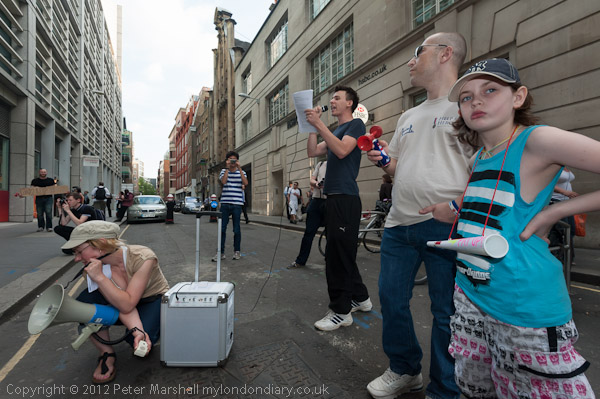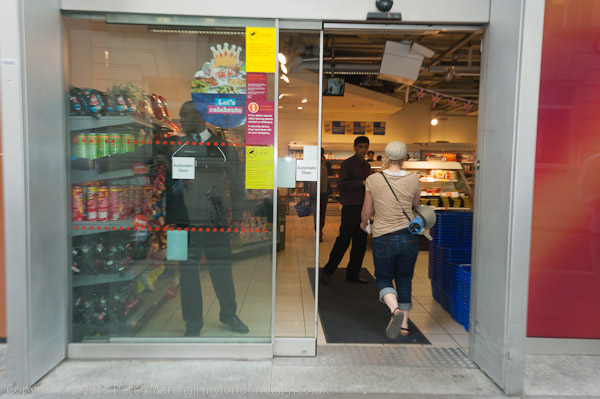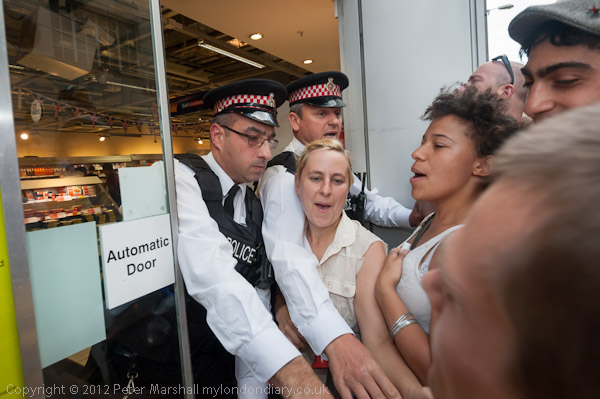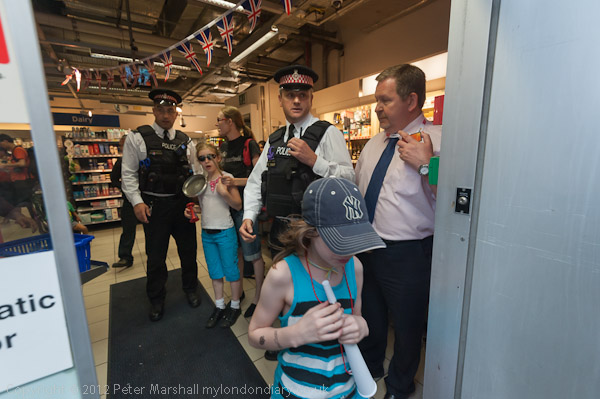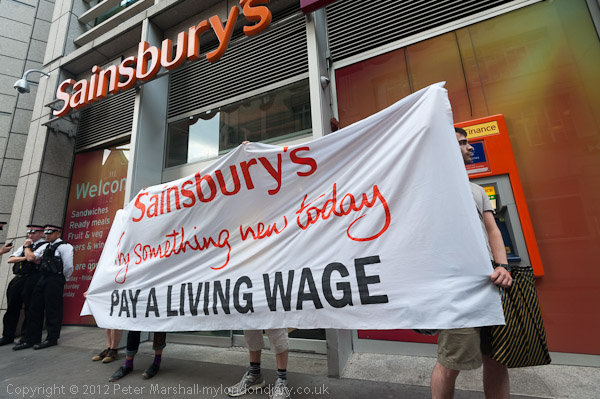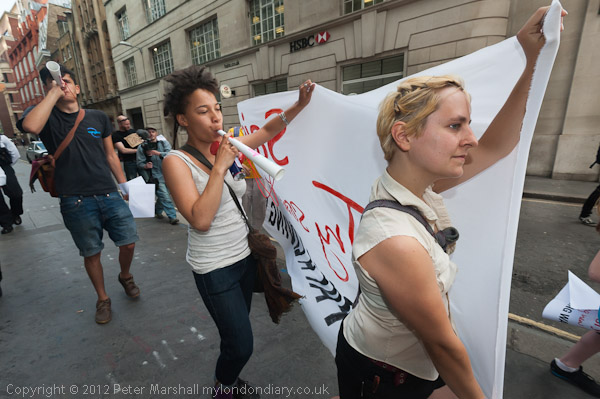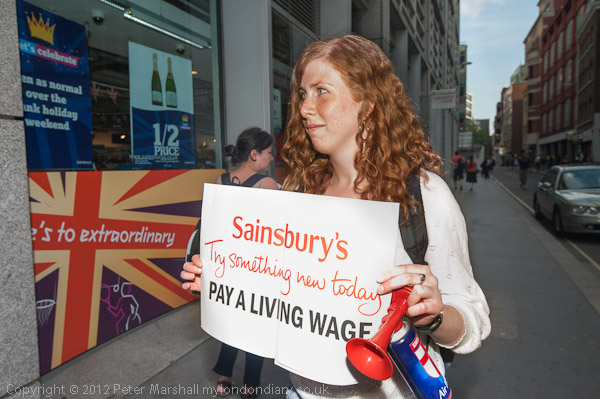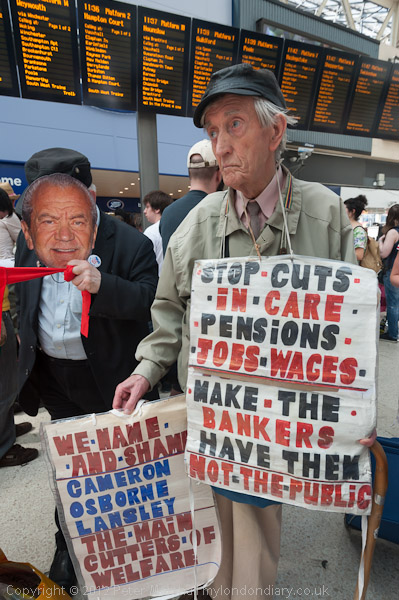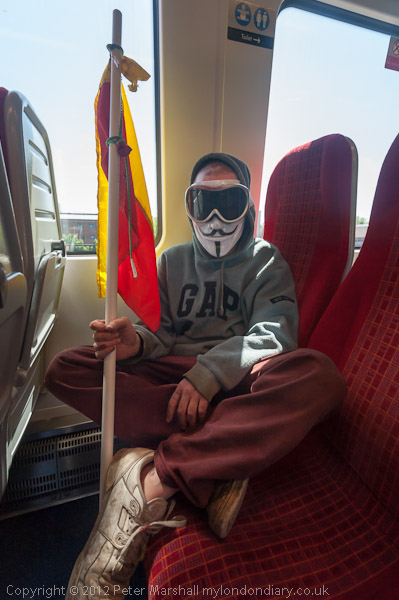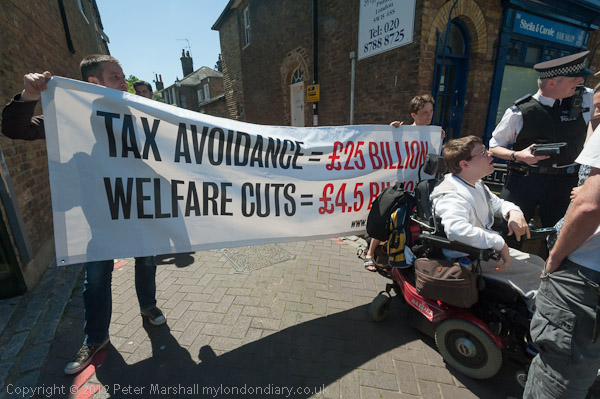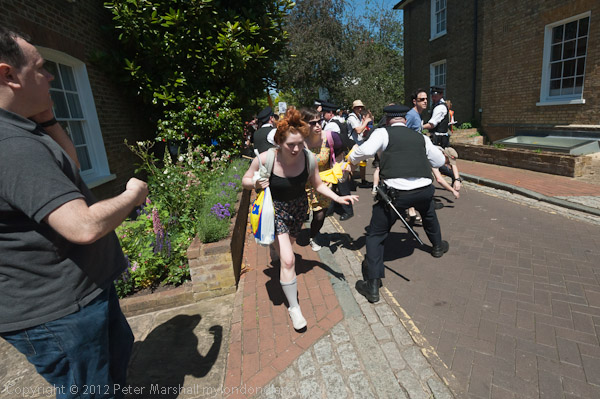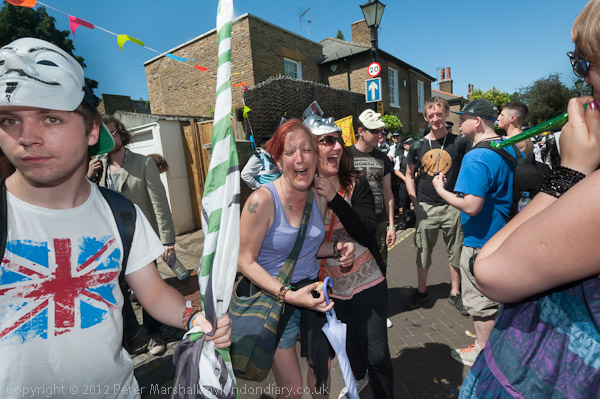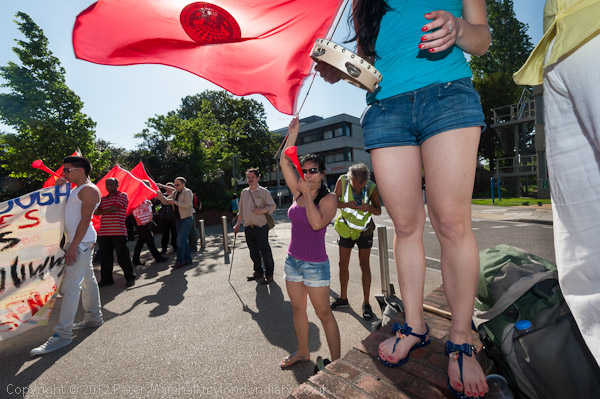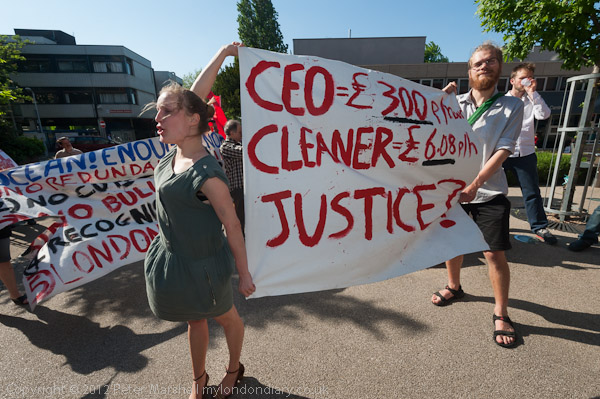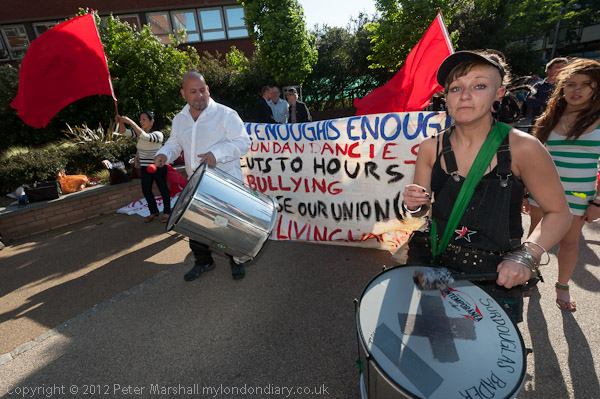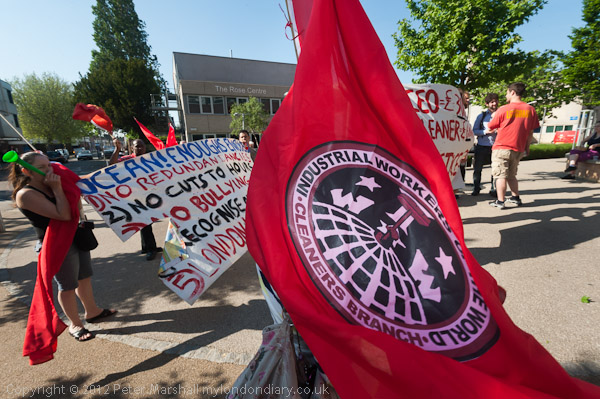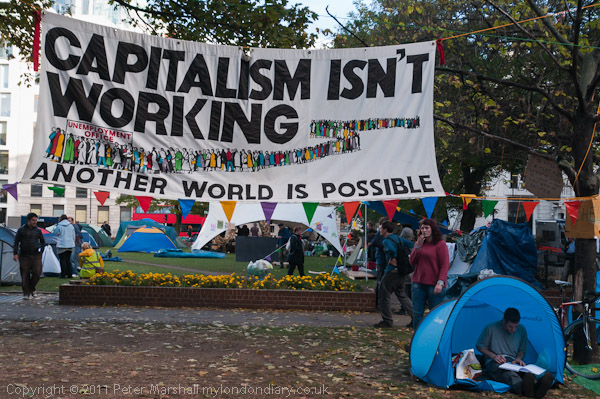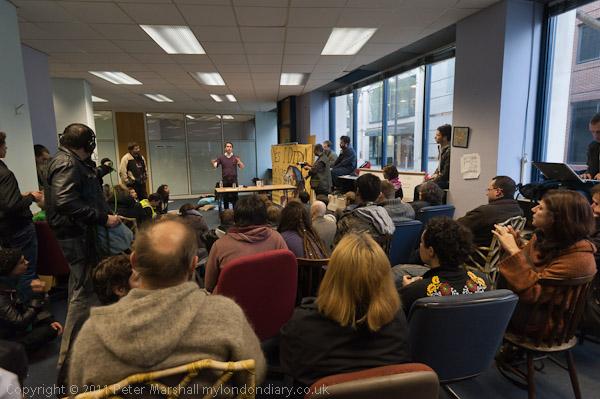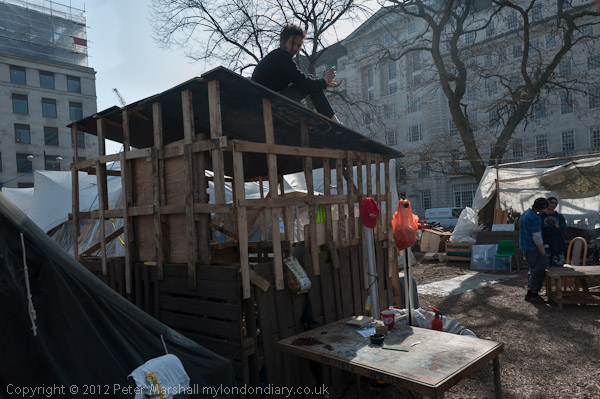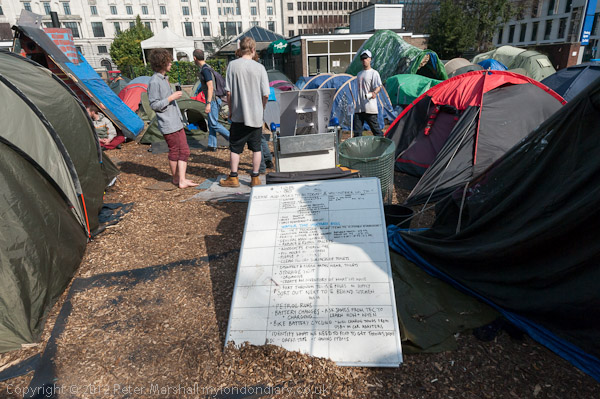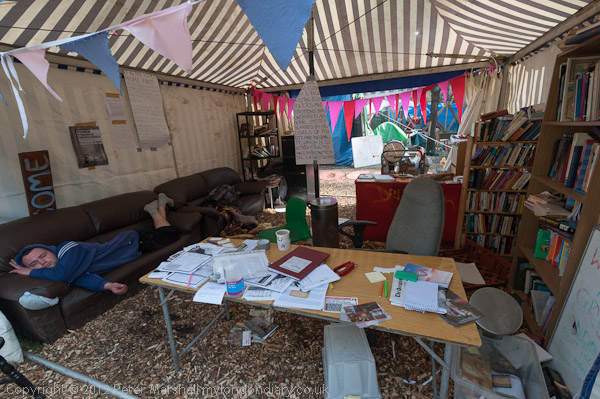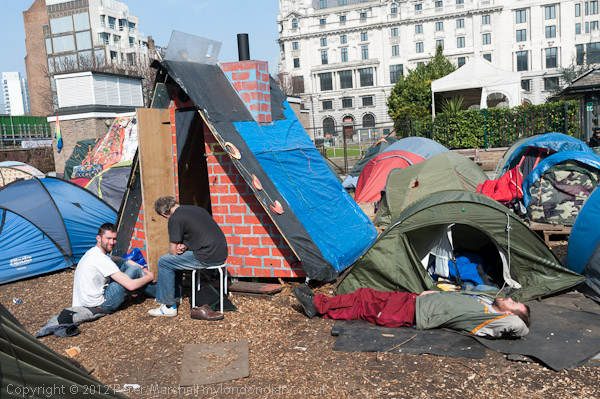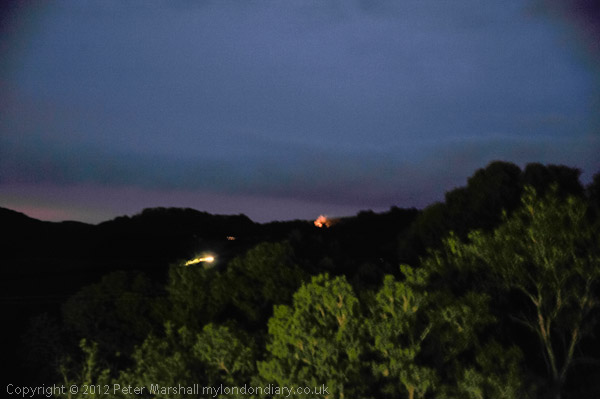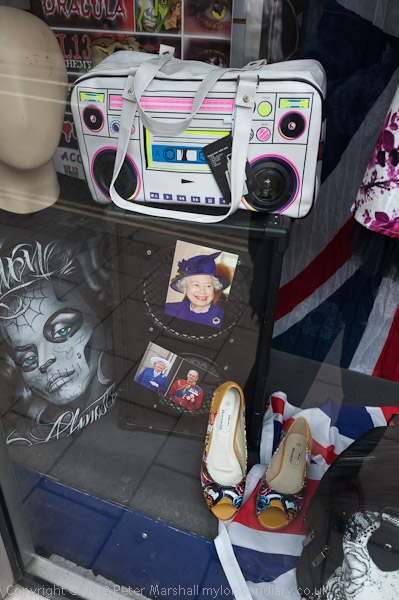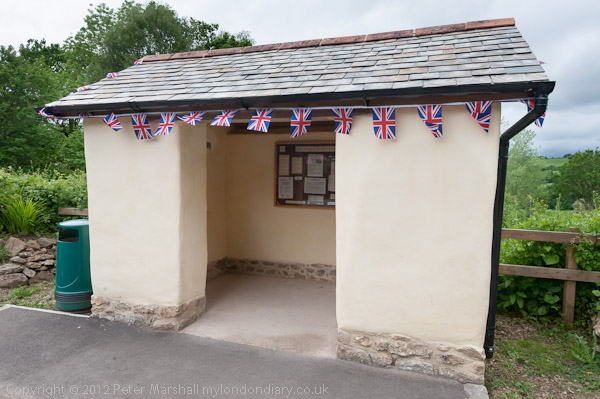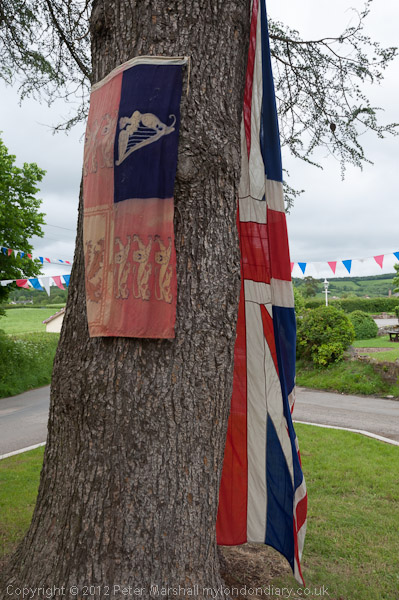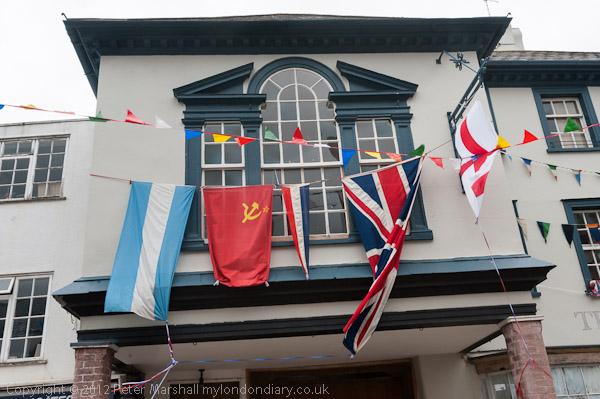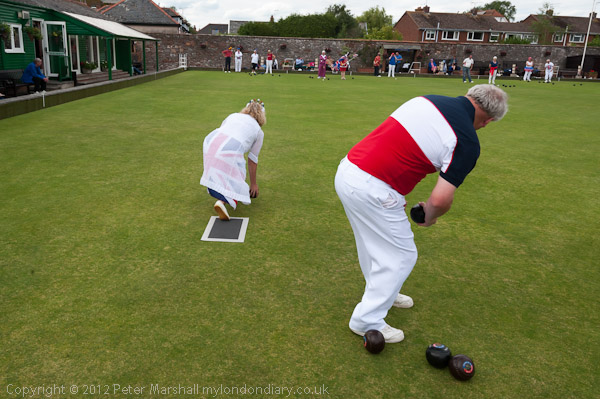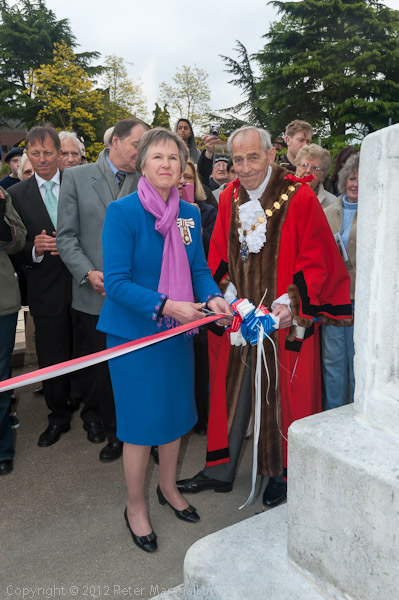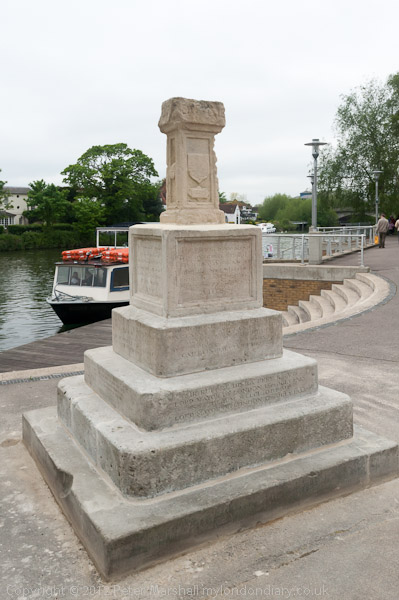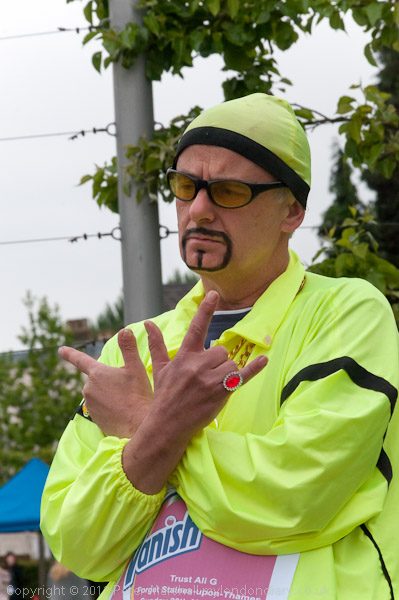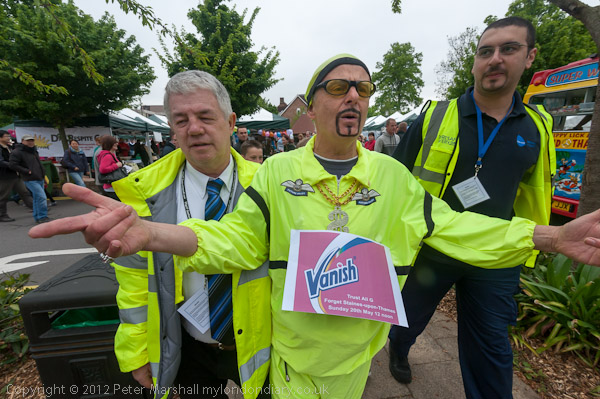It was quite by coincidence that I returned to London from my holiday in Devon with friends the afternoon before the London World Naked Bike Ride was taking place. But it did give me something to look forward too on my return to work.
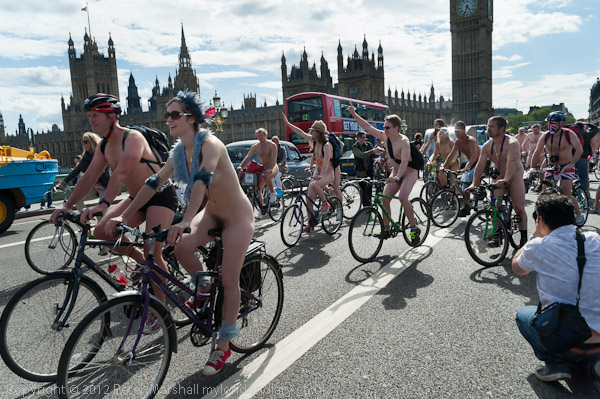
There is something rather entertaining about the sight of hundreds of naked or near naked people on bikes going past the sights of London, and it certainly entertains the thousands of tourists who stop to gaze at them in astonished and bewildered delight. Of course there are a few people who are upset and perhaps offended or feel somehow threatened by this display of public nudity, though I might be more impressed if more of them turned their faces away rather than continuing to witness the sinful activity.
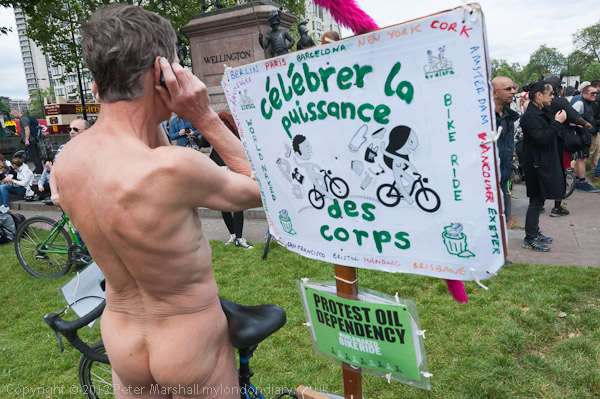
Of course it is a rather unusual event, with people taking part for various reasons, including simply having a little fun as well as those with a strong commitment to environmental issues and others more concerned with naturism (and of course these are in no way exclusive.) But as I’ve commented before, there isn’t a clear message coming across. One of the things I try and do in photographing the event is to concentrate on those riders with messages on their bodies and the few placards or flags.
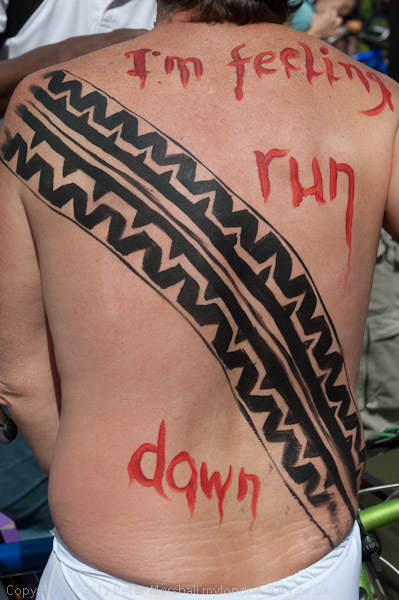
There are always considerably more men than women taking part, and for various reasons most people taking pictures who are mostly men concentrate on the less covered up women riders. At the start where crowds gather it often got hard to take photographs of the women as there were too many others trying to do so – and pushing in front of others to do so. The crowds made it very difficult to start the event, and those of us who tried to move back when requested by the stewards or police simply found that we were at the back of a crowd.
This year the problems at the start were particularly bad because there was time for the crowd to build up in a relatively small area, and the start took place into a busy roundabout with traffic flowing normally around it, creating dangerous conditions for the cyclists. Why on earth didn’t the police stop the traffic for a few minutes to allow a safer start? It would have also have got the event started in a fraction of the time and caused far less traffic chaos.
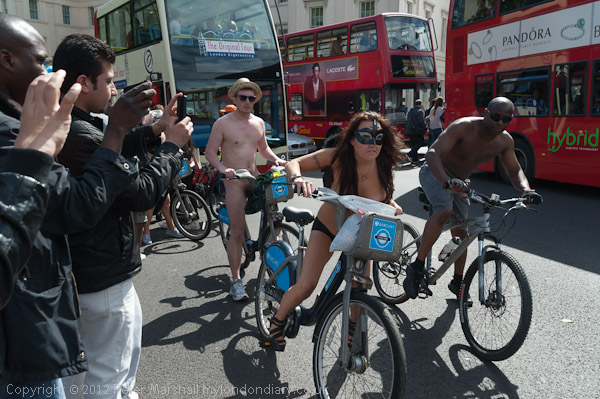
Female nudity is generally more acceptable for publication than male, and of course ‘topless’ images are a staple of parts of the popular daily press. Photographing men is I think trickier, and for many publications full frontal images present a problem. Although it doesn’t worry me, I do try to make sure that at least in some images for publication there are carefully positioned handlebars or flags or legs etc which make the images more widely publishable.
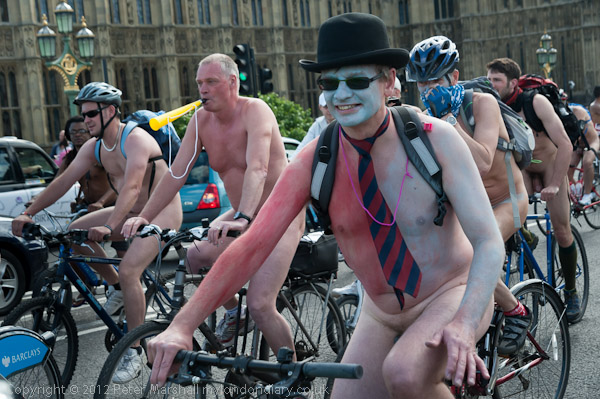
Most of the rides I’ve photographed in the several years I’ve covered this annual event there have been people that I’ve known taking part, and they have been among the keenest to see my pictures, which have also been commented on favourably by some of those concerned with organising the event.
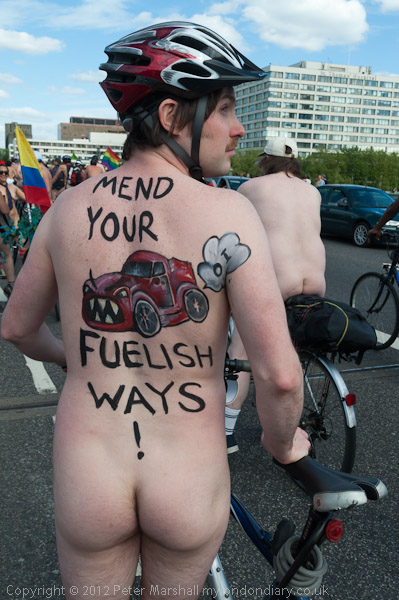
Almost all of the pictures were taken with the D700, as I still haven’t repaired or replaced the D300 with the mirror that keeps sticking. Although a few – including the top one here – were with the 16-35mm Nikon, I soon changed to the Sigma 28-300 for the remainder of the event. It isn’t a lens I like much; it could be sharper (particularly at the long end) and focus sometimes seems just a little slow, but is considerably smaller, lighter and cheaper than the Nikon alternative, and it did the job adequately. The Nikon 28-300mm isn’t one of their better performers in any case, and such superzoom lenses are always a compromise.
The 18-105mm Nikkor would possibly have been a better choice (equivalent to 27-155mm) but used on the FX body the files it gives are only 2784×1848 px, around 5Mp compared to the normal FX size of 4256×2832 px. I’d need to get Lightroom to upsize them a little before filing, but I suspect the quality would be superior even so, as this lens is a much better performer despite being so cheap. I also very much like being able to see outside the red framing rectangle in the viewfinder, rather like you can on a rangefinder camera, which makes covering action so much easier. Exactly why I’m considering buying a D800 (or more likely the 800E) mainly to use as a DX camera.
Don’t visit Naked Cyclists Ride Against Oil on My London Diary if nudity will offend you. Otherwise I hope you enjoy it. For some reason the pages on the World Naked Bike Ride usually seem to be among the most popular on the site!
________________________________________________________
My London Diary : Buildings of London : River Lea/Lee Valley : London’s Industrial Heritage
All photographs on this and my other sites, unless otherwise stated are by Peter Marshall and are available for reproduction or can be bought as prints.
To order prints or reproduce images
________________________________________________________
